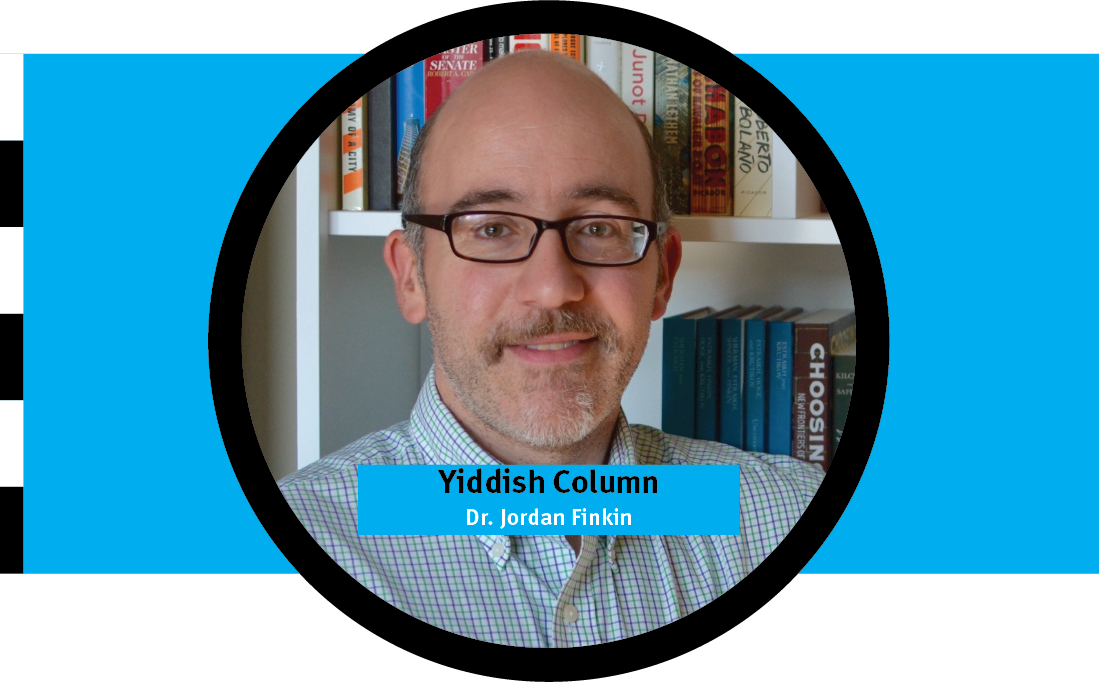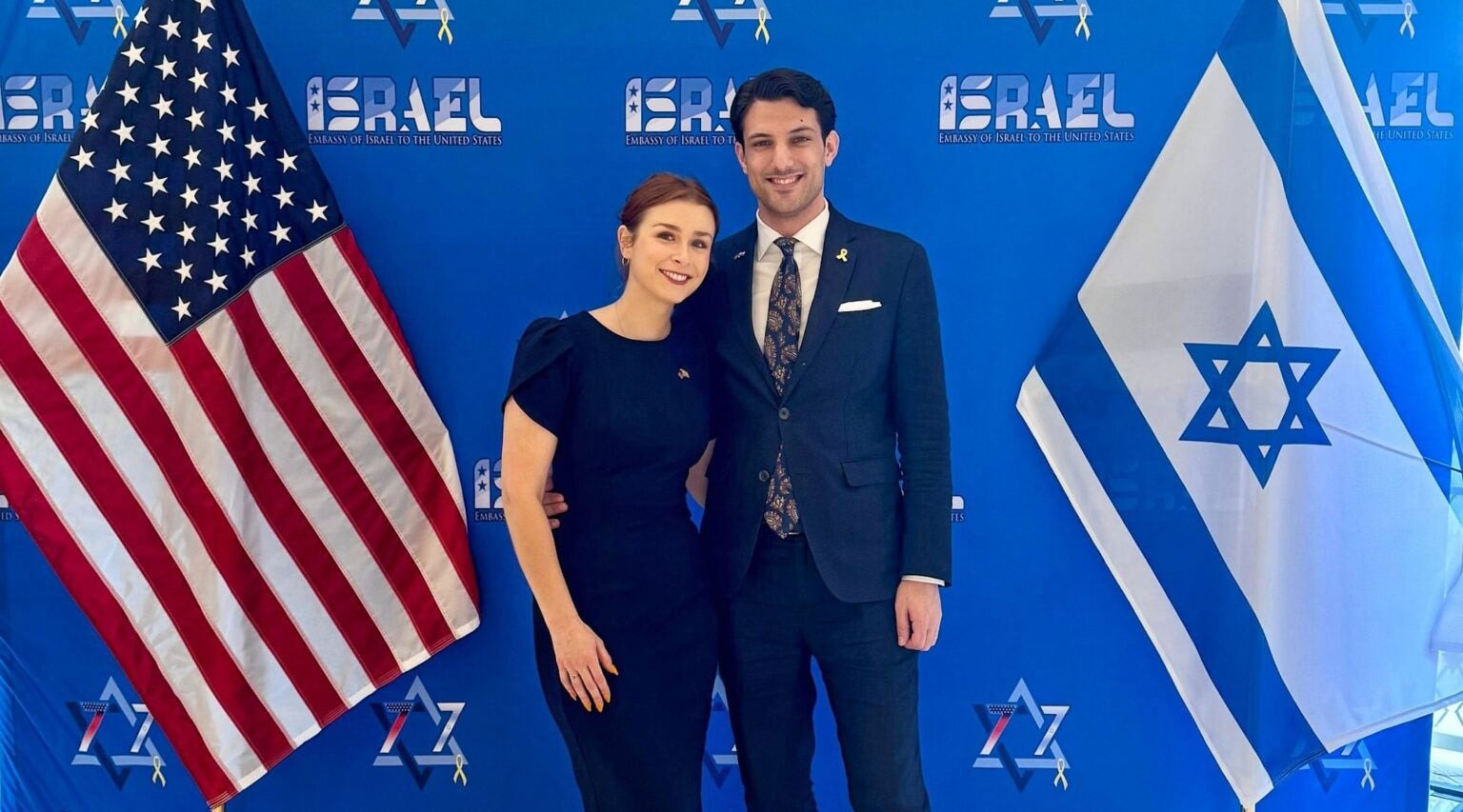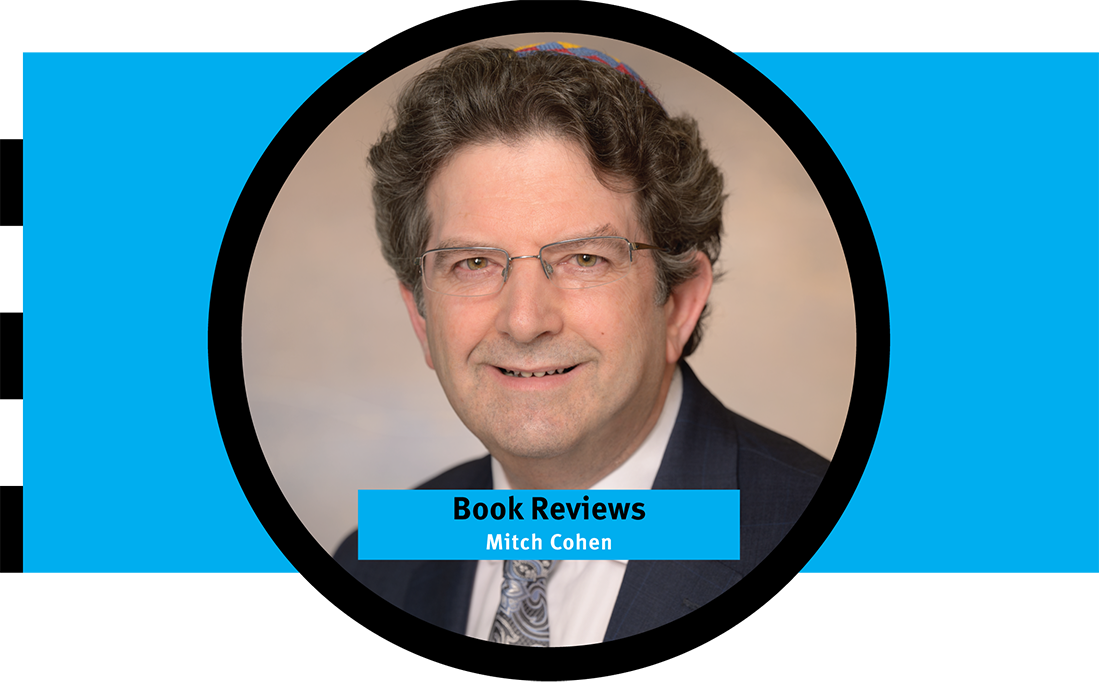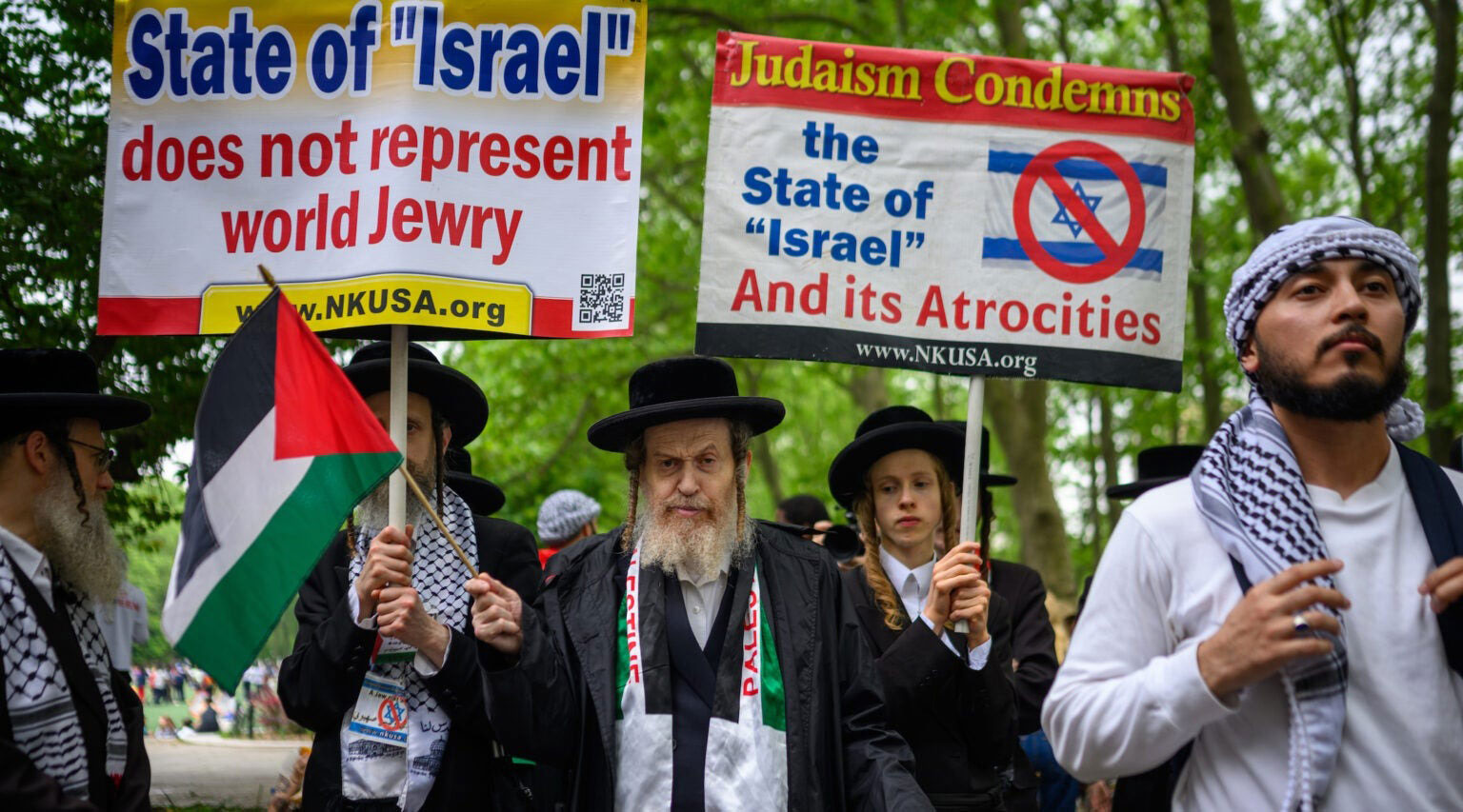Springtime with Moyshe-Leyb Halpern
May always puts me in a good mood, mostly. The trees are in leaf and the flowers start blooming (though the lawn needs mowing and my allergies are acting up). I also tend to lean on poetry that makes me cheerful.
I’ve mentioned Moyshe-Leyb Halpern (1886-1932) before, but it’s worth spending a little more time on him, because his work is some of the most original in Yiddish poetry. He was born in Zlotshov in Galicia (current-day Zolochiv in western Ukraine), a place he immortalized in his poem “Zlótshov mayn heym” (Zlotshov My Home) with such delicious vituperation. After offering a litany of reasons he loathes his birthplace he finds himself on a ship bound for New York and concludes:
Iz dos táke di éyntsike treyst khotsh far mir,
vos men vet mikh nisht bagróbn in dir,
mayn heym, mayn Zlótshov.
(So at least this truly is my single consolation:
That I won’t be buried in you,
My home, my Zlotshov.)
In point of fact, Halpern went first to Vienna where in addition to his studies he began writing German poetry. In his early 20s he moved to New York. There he fell in with the Yiddish poets, especially the group that came to be known as Di Yunge (the youngsters). These were poets who were not drawn to the politically-engaged poetry of the previous generation, instead seeking to create “impressionistic” scenes attuned to the subtleties of sensation and attitude evocative of a “mood.” Halpern, for his part, did not adopt the style of his companions. Rather, he blazed an idiosyncratic path, a blend of high modernism, satire, pathos and playfulness that makes him sui generis in Yiddish letters.
Since many of his poems are too long to give in full here, I will give you a couple of his shorter verses to familiarize you with what a distinctive voice he has and how uncategorizable — and bewitching — it is.
The first, entitled “Di létste” (The Last One), comes from his 1924 collection Di góldene páve (The Golden Peacock):
Óvnt-zun.
Un ále flign in di fénster-vínkeln,
in der óvnt-kelt farglíverte,
un éfsher tóyte shoyn,
un af’n rand fun váser-gloz — di létste
éyne in der gántser shtub aléyn—
zog ikh: zing mir épes fun dayn váytn héymland,
líbe flig.
Her ikh, vi zi veynt un éntfert mir:
az ópdarn zol ir dos rékhte fisl,
oyb zi vet ónrirn a strúne
ba di frémde vásern
un oyb zi vet fargésn
on dem libn místhoyfn
vos iz gevén amól ir héymland…
(Evening sun.
All the flies in the corners of the window
Are frozen in the evening chill,
Maybe even dead,
While on the edge of a water glass sits the last
One in the whole room, to whom
I say: sing me something of your distant homeland,
Dear fly.
I hear her crying as she responds
How her little right leg should wither
If she even touched a harpstring
By the foreign waters
And if she forgot
That beloved dunghill
Which had once been her homeland…)
It’s a stunning resetting of Psalm 137, the exile poem par excellence. The ephemerality of existence, the sadness and tragedy of exile — it’s all there in this sunset scene. But it is all so finely rendered that we can’t quite tell if it’s meant to be satire or fable.
It’s the next poem, written in 1924 and published a decade later in the two-volume posthumous collection, Moyshe Leyb Halpern, that is one of my favorites. It is entitled “Di háyrat” (The Marriage). Halpern uses a conspicuously German word (the standard Yiddish would be the Hebrew “khásene”), which instantly puts us on alert. The poem begins:
Kuk ikh af der náketer froy,
mit dem kléynem kop
un mit di gróbe úmgelúmperte lendn
un mit di gróyse ménerishe fis —
(I look at the naked woman,
With the small head
And the thick, shapeless thighs,
And the big, masculine feet —)
This is something of a risqué way of starting a Yiddish poem, namely gazing directly at a naked woman and critiquing her body in a clinical way. (What’s more, the sound of the word “úmgelúmperte” — meaning shapeless as well as clumsy or awkward — so perfectly matches its meaning.) Our surprise is defused, however, as the poem continues:
Vend ikh zikh tsum fárbn-kínstler
un ikh freg im,
vos im hot gebrákht dertsú
azóyns af dem layvnt óystsutróymen.
(So I turn to the painter
And ask him
What caused him
To dream up such a thing on the canvas.)
So now we know the speaker of the poem is looking at a painting in the presence of the artist. The word Halpern uses for “artist,” however, is not the standard Yiddish word for an artistic painter, namely “móler.” Rather he uses “fárbn-kínstler,” which is literally “color artist.” A colorist is an odd thing to call this man given that everything the speaker has been describing in the painting are forms not colors. Clearly he is not taken with this man’s artistic skills. Moreover, the verb “óystróymen” (to dream up) is Halpern’s coinage. The speaker seems to be equally unconvinced about the artist’s choice of subject matter. The poem concludes with the artist’s response:
Raybt er on a shvébele
un shtupt aráyn di lyúlke in zayn moyl
un éntfert —
shtelt zikh aróys ot-vós:
Er — fu.
Aléyn—fu.
Gevén farháyrat tsu ir — fu.
In Paríz táke — fu.
(He strikes a match,
Shoves his pipe in his mouth,
And responds —
It turns out,
He (puff).
Himself (puff).
Been married to her (puff).
In Paris, mind (puff).
The crudeness of the image turns out to have been the point. All along, our misapprehensions as readers have gotten mapped onto the speaker’s own misunderstandings. This “foreign” artist (as we are cued from the title, which gets repeated in his own words, “farháyrat”) is settling an emotional score. But all sins are covered because it took place in that most foreign and bohemian of lands (“Paris”). Halpern was a masterful word-artist, and deserves a much wider readership.
And as always, “léyent gezúnterhéyt” — read it in good health.
Please send Yiddish questions to: yiddishcolumn@americanisraelite.com.





